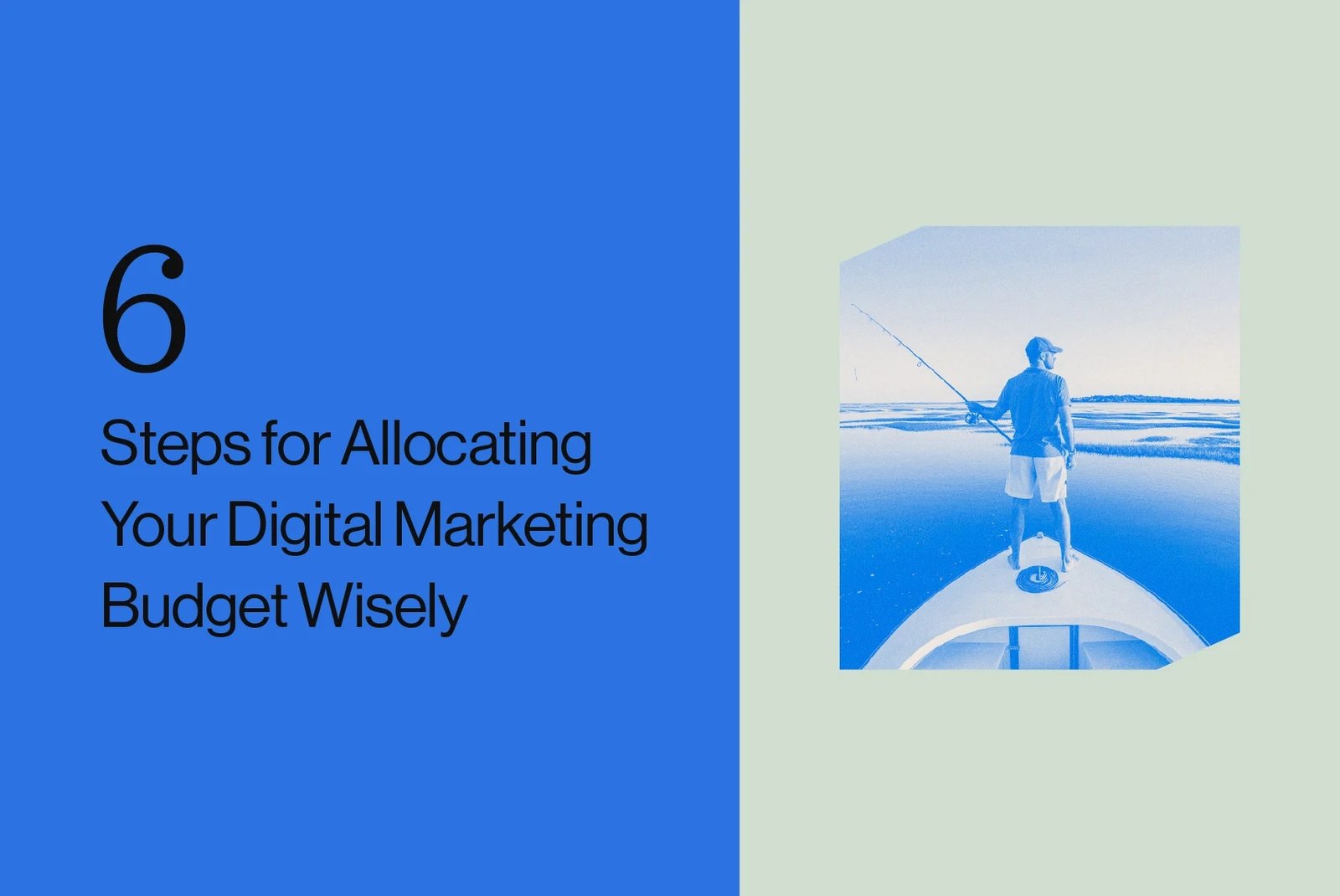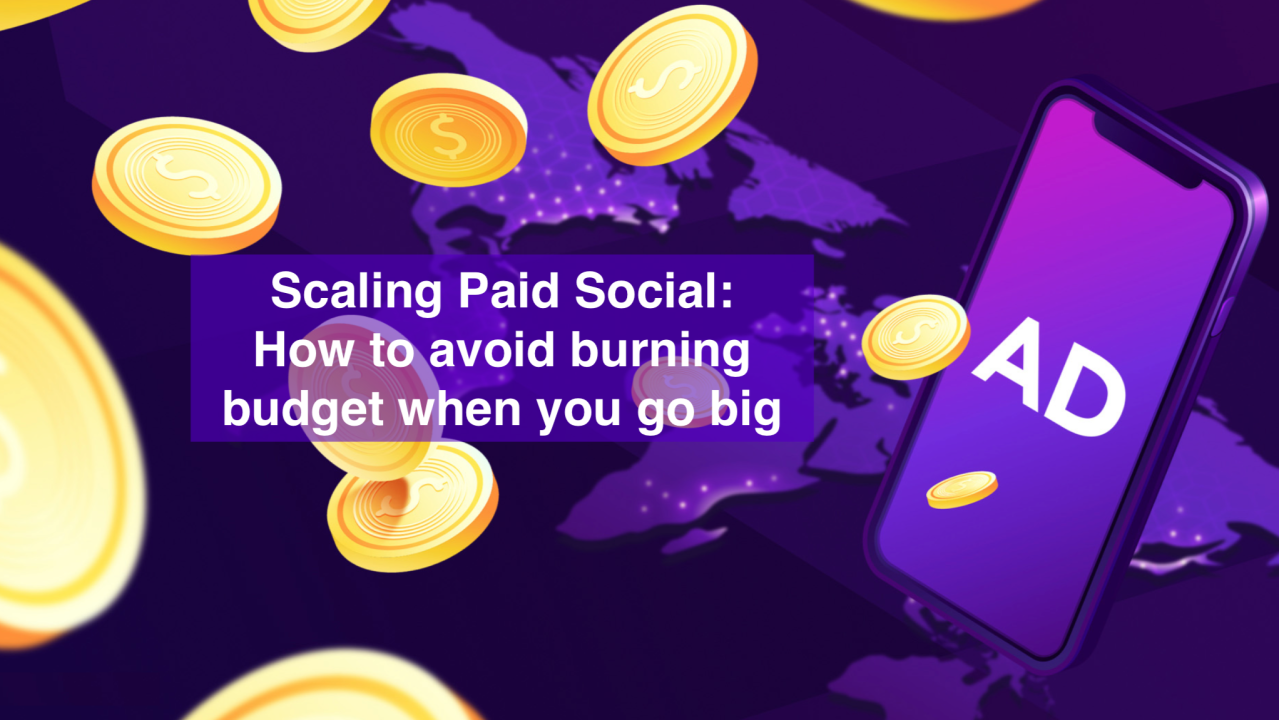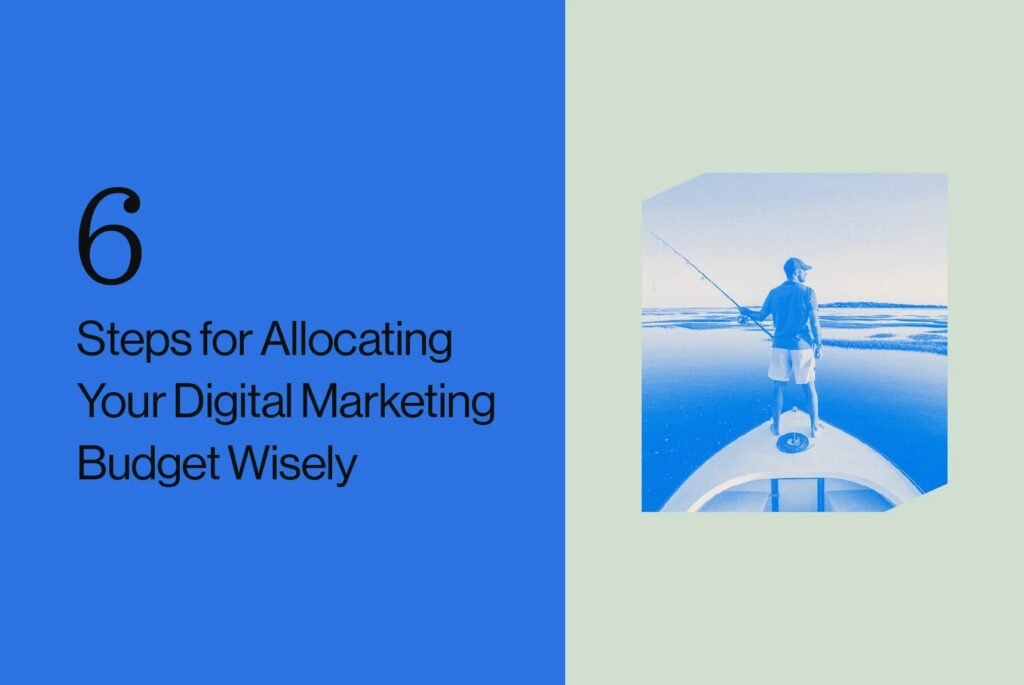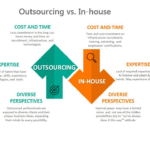Learn how to scale your B2B paid media budget effectively. Discover proven strategies for budget allocation, bidding optimization, channel prioritization, and integrating paid and organic efforts to drive consistent growth and higher ROI.
Get clarity on complex finances with expert advice from
your trusted financial partner.

1. Establish Your Growth Metrics
Before optimizing your budget, define the key performance indicators (KPIs) that matter most for your business, such as:
- Customer Acquisition Cost (CAC): How much it costs to acquire a new customer.
- Customer Lifetime Value (LTV): The projected revenue from a customer over their relationship with your company.
- Return on Ad Spend (ROAS): Revenue generated for every dollar spent on advertising.
- Lead-to-Customer Conversion Rate: The percentage of leads that become paying customers.
Aligning your paid media budget with these KPIs ensures that every dollar spent supports sustainable growth.
2. Allocate Your Budget Across Funnel Stages
A common mistake in B2B paid media is over-focusing on either awareness or conversion. To scale effectively, distribute your budget across the entire funnel:
- Top of Funnel (TOFU): Awareness & Engagement
- Channels: Programmatic Ads, YouTube Ads, LinkedIn Ads, Display Ads
- Objective: Increase brand visibility and traffic
- Budget: 30–40%
- Middle of Funnel (MOFU): Lead Nurturing & Consideration
- Channels: Content Syndication, Retargeting, Google Search Ads
- Objective: Capture leads and nurture them
- Budget: 30–40%
- Bottom of Funnel (BOFU): Sales & Conversions
- Channels: Direct Response Ads, Retargeting, Sales Enablement Campaigns
- Objective: Convert high-intent leads into customers
- Budget: 20–30%
This strategic allocation ensures a steady pipeline of prospects moving toward purchase.
3. Prioritize High-Performing Channels
Not all channels deliver equal results. Audit your paid media performance and invest more heavily in platforms that generate the best outcomes:
- Which channels have the lowest CAC?
- Where do your highest-quality leads come from?
- Which platforms offer the best conversion rates and engagement?
Typically, Google Search Ads, LinkedIn Ads, and retargeting campaigns perform well in B2B. However, industry-specific forums and publications can also deliver strong ROI.
4. Implement a Data-Driven Bidding Strategy
To maximize efficiency, align your bidding strategy with your goals:
- Target ROAS: Adjust bids based on historical revenue data.
- Target CPA: Optimize for cost-effective acquisitions.
- Manual vs. Automated Bidding: Test automated strategies like Google Smart Bidding for enhanced performance.
Regular bid optimization reduces wasted spend and ensures a focus on the highest-value opportunities.
5. Scale Your Budget Gradually
Scaling isn’t about suddenly doubling your budget—it’s about smart, incremental growth:
- Increase budgets by 10–20% weekly on successful campaigns.
- Monitor key performance metrics (CTR, ROAS, CAC) closely.
- Expand winning campaigns to new geographies, audiences, or ad formats.
Gradual scaling maintains efficiency and profitability at each stage.
6. Continuously Test and Optimize Growth
Paid media success requires ongoing testing and refinement:
- A/B test creatives, CTAs, and messaging.
- Refine targeting and audience exclusions.
- Analyze attribution models to pinpoint conversion sources.
- Adjust bidding strategies based on fresh data.
Continuous optimization ensures you’re squeezing maximum value from every dollar spent.

Conclusion: An Intelligent Approach to Scaling Paid Media Growth
Scaling a B2B paid media budget requires data-driven decisions, strategic allocation, and continuous optimization. By following this proven formula, you can ensure your investment supports growth across every stage of the buyer’s journey, ultimately boosting conversions and revenue.
Read more posts:- In-House vs Outsourced IT Teams (2025): Pros, Cons, and Costs.


